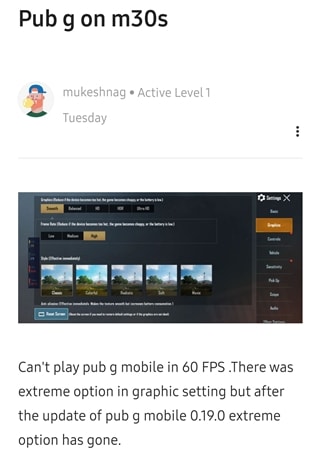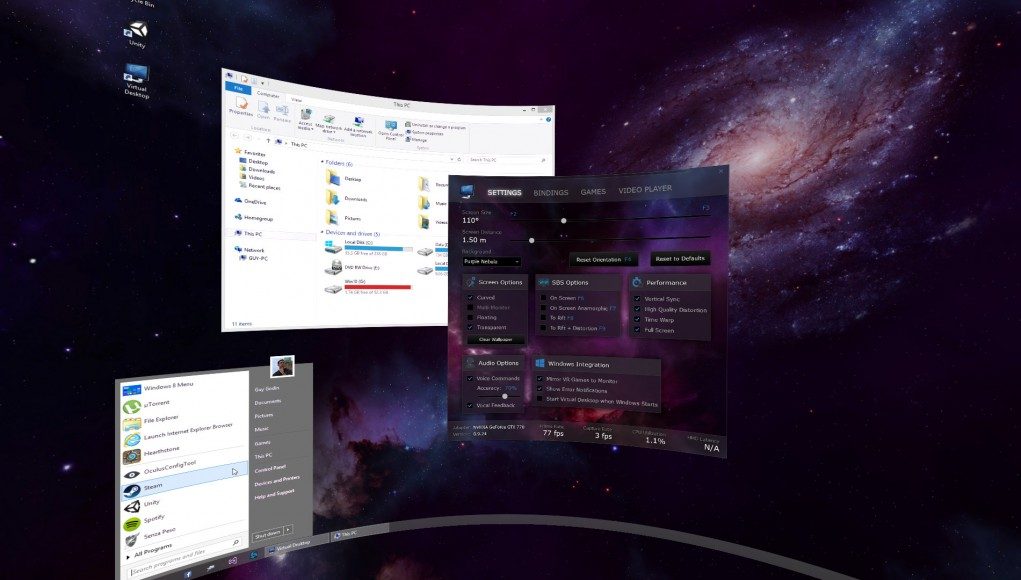

You can use these settings as a starting point by copying them to your project's Config/DefaultEngine.ini file under SystemSettings. ini settings are from the UE4-powered VR demo Showdown. See the Hierarchical Z-Buffer Occlusion section in the Visibility Culling page for more details.

It's recommended to disable this feature.

This can be expensive for mobile VR experiences because of fill rate limits. Lower values will perform faster but will be undersampled (more blurry), while values over 1 will perform slower and will supersample (extra sharp). The following table describes some console variables and their recommended values for VR projects.ġ is the ideal resolution for the HMD that is currently being used. See the Scalability Reference for explanations and examples on scaling the graphics of your app to improve its performance or quality. In Edit > Project Settings > Rendering > Default Settings, set the Anti-Aliasing Method to Multisample Anti-Aliasing (MSAA).įrom Edit > Project Settings > Rendering > VR, enable Instanced Stereo.įor mobile VR experiences, enable Mobile Multi-View in Edit > Project Settings > Rendering > VR. Go to Edit > Project Settings > Description, and enable Start In VR.įrom Edit > Project Settings > Rendering > Forward Renderer, enable Forward Shading. This ensures that the project starts with a good framerate, and you can add any other rendering features you need.Īfter you create the project, set the following project settings to improve the performance of your apps: These settings create an Unreal project with minimal rendering features enabled. If you don't want to use the VR Template as a base for your project, you can create a new blank C++ or Blueprint project with the following settings: The VR Template provides everything you need to start develping VR projects in Unreal Engine 5. When you create a new project targeting VR platforms, start with the VR Template in the Games category. VR projects can be created as a Blueprint or C++ project.


 0 kommentar(er)
0 kommentar(er)
